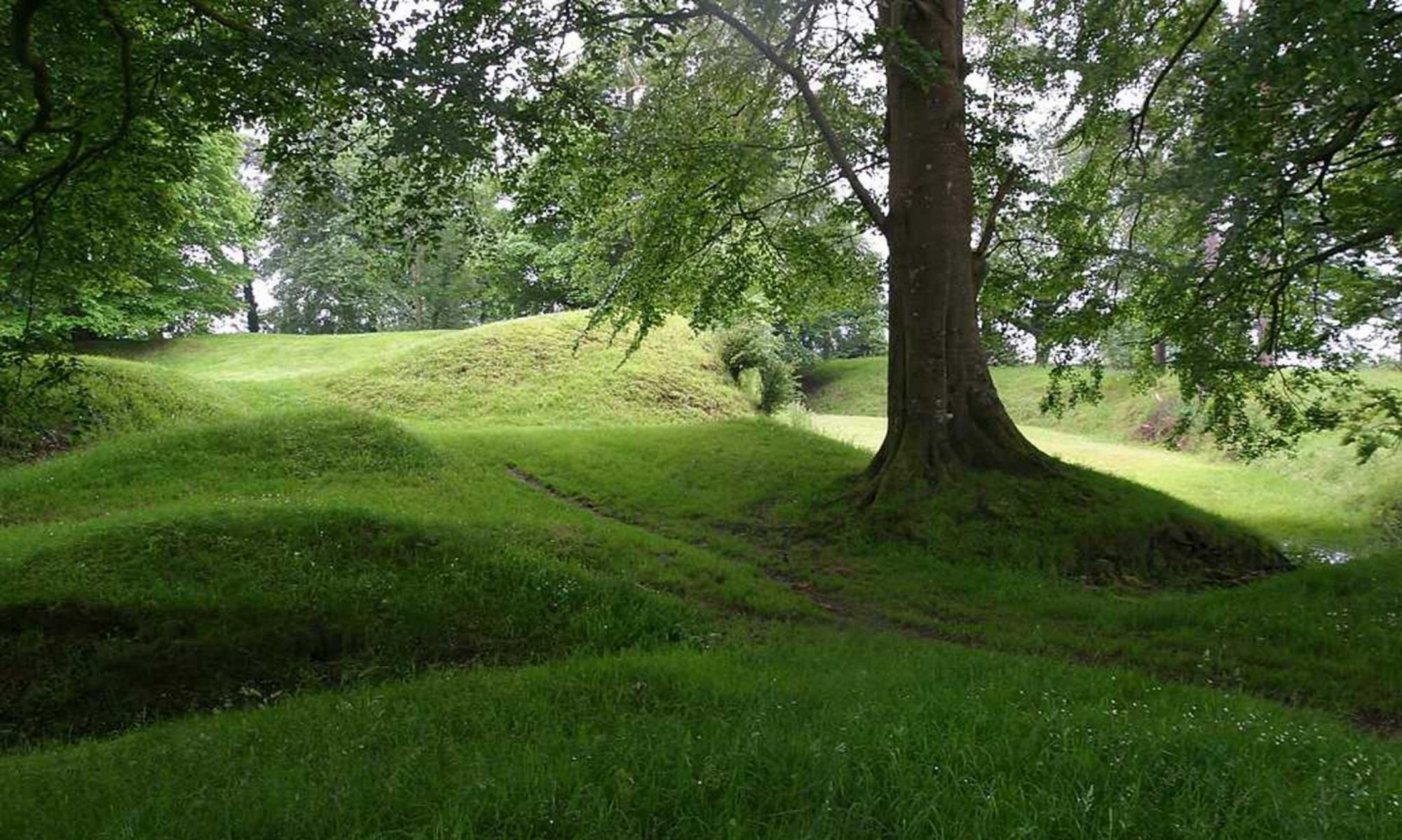Reading another item by Charles Krauthammer called “Genius, Insanity, Innocence.” It’s a 1993 movie review of Searching for Bobby Fischer that begins with reflections on the association of madness and genius. Fischer and Paul Morphy in the 19th century were American world chess champions who went mad.
In literature, Krauthammer cites Mary Shelley’s fictional mad scientist Dr. Frankenstein and in visual arts the mad painter Vincent Van Gogh as well as the then-recent study by Kay Redfield Jamison, Touched with Fire, which finds a connection between artistic genius and manic depression and includes an appendix of artists with psychiatric illness from Absurdist theatrical innovator Antonin Artaud to Modernist novelist and essayist Virginia Woolf.
My book includes a long section on Oscar Wilde, who became homosexual despite a heterosexual marriage at a time when many in the medical community considered this sexual orientation a form of mental illness. It also has a passage on James Joyce, whose daughter was schizophrenic and who some claim was himself a “high-functioning” schizophrenic. Samuel Beckett spent a significant amount of time in psychotherapy.
In the late 20th century, Nancy Scheper-Hughes published Saints, Scholars, and Schizophrenics, a study of mental illness in rural Ireland and its possible cultural causes. The book, considered a classic of ethnography, was updated and expanded in 2001. In 2008 Irish American writer Patrick Tracey published Stalking Irish Madness: Searching for the Roots of My Family’s Schizophrenia, trying to understand why his two sisters and several of his ancestors were troubled with the condition. The book notes that until the 1960s, Ireland had the highest rate of institutionalization in the world for mental illness.
